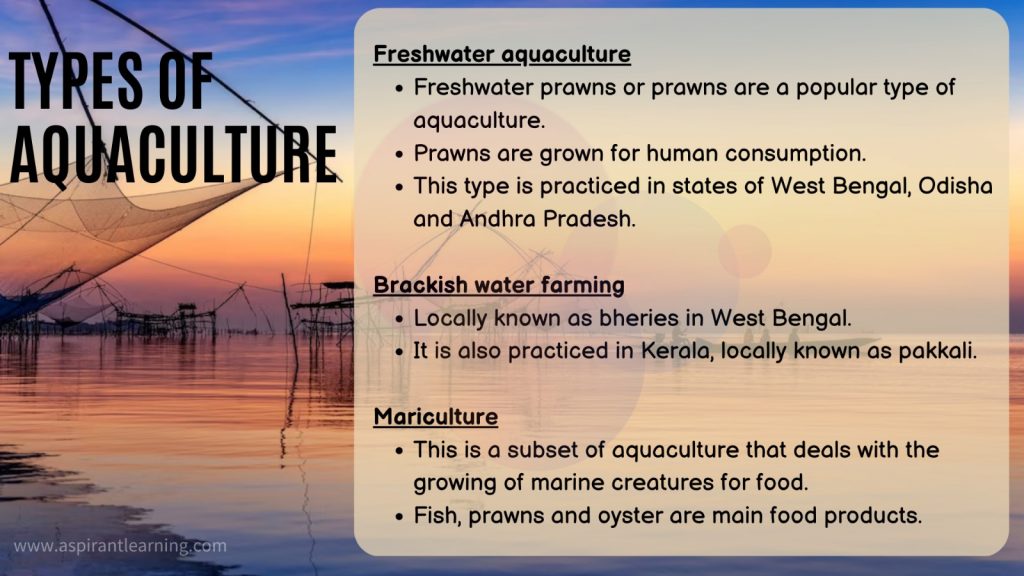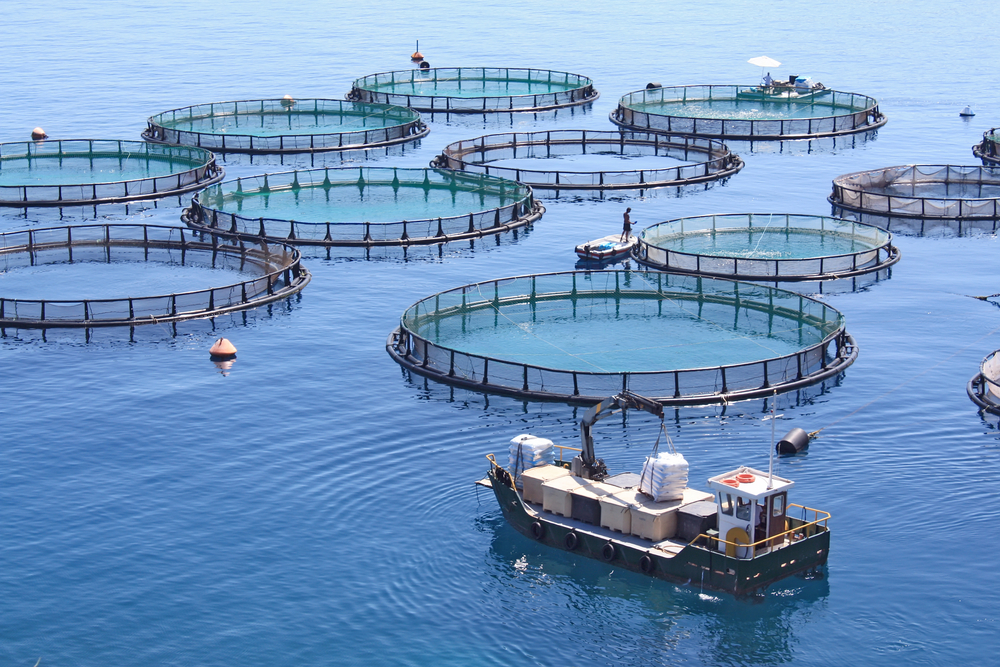News Highlight
Government introduces Aquaculture Bill amid din in Lok Sabha.
Key Takeaway
- The Coastal Aquaculture Authority (Amendment) Bill 2023 intends to decriminalise certain offences in the earlier 2005 Act to promote commercial ease.
- On April 5, opposition members disrupted the Lok Sabha once more over calls for a Joint Parliamentary Committee (JPC).
- During the controversy, the government tabled the Coastal Aquaculture Authority (Amendment) Bill, 2023.
- Parshottam Rupala, Minister of Fisheries, Animal Husbandry, and Dairy, introduced the Bill.
- It aims to decriminalise certain offences outlined in the previous 2005 Act to promote ease of doing business.
Key highlights of the amendment
- Decriminalisation of certain offences
- The purpose of the Bill is to decriminalise offences under the Coastal Aquaculture Authority Act.
- Fine-tuning operational procedures
- It aims to boost the ease of business and improve the authority’s operational processes.
- Promotion of environment-friendly coastal aquaculture
- The Bill also seeks to promote more environmentally friendly forms of coastal aquacultures, such as;
- Cage culture, seaweed culture, marine ornamental fish culture, and pearl oyster culture.
- Create employment opportunities
- These innovative forms of coastal aquaculture have the potential to generate more job opportunities.
- Prevention of use of harmful substances in coastal aquaculture
- A clause in the Bill also prohibits using antibiotics and pharmacologically active chemicals detrimental to human health in coastal aquaculture.
Significance of the Bill
- The Coastal Aquaculture Authority Act of 2005 promotes responsible coastal aquaculture operations and maintains coastal communities’ livelihoods.
- The act regulates and registers coastal aquaculture activities, which helps to protect the coastal environment.
Aquaculture
- About
- Aquaculture is the breeding, rearing, and harvesting of fish, shellfish, and aquatic plants.
- In a nutshell, it’s water farming.
- The saline water along the shore has been discovered to be good for aquaculture, which primarily produces prawns.
- If aquaculture is not practised in this area, it will be idle and uncultivated because it is unsuitable for agricultural growth.
- Aquaculture may be practised on approximately 12 lakh hectares along the country’s coast, of which only 14% has been utilised thus far.
- It can be classified into the following categories;
- Freshwater aquaculture
- Coastal aquaculture
- Sea farming
- Brackish water aquaculture
- Potential in India
- After China, India is the world’s third-largest fish producer and second-largest aquaculture nation.
- The importance of the Fisheries and Aquaculture sector in India was highlighted by the Blue Revolution.
- The sector is seen as a rising star and is expected to play a key role in the Indian economy in the near future.
- In recent years, Indian fisheries have changed from marine-dominated to inland fisheries.
- The latter recently increased its contribution to fish output from 36% in the mid-1980s to 70%.
Issues and Challenges
- India has yet to catch up with its worldwide rivals regarding quality infrastructure, technological adoption, and financial inclusion.
- Farmers and other stakeholders were occasionally concerned about weak exports and price drops in the foreign market.
Initiatives
- Pradhan Mantri Matsya Sampada Yojana (PMMSY)
- In May 2020, the Government of India approved the flagship scheme, Pradhan Mantri Matsya Sampada Yojana (PMMSY).
- It was developed as part of the Aatmanirbhar Bharat COVID-19 assistance package.
- The goal of bringing about the Blue Revolution through sustainable and responsible fisheries growth.
- Pradhan Mantri Matsya Kisan Samridhi Sah-Yojana (PMMKSSY)
- PMMKSSY, a new sub-scheme, was announced in the Union Budget 2023-24.
- It increases the wages and incomes of fishermen, seafood dealers, and micro and small businesses in the fisheries sector.

Way Forward
- Scientists and aquaculture farmers have proposed a comprehensive approach, including many stakeholders and government authorities, to address the aquaculture sector’s difficulties.
- Scientists emphasise the importance of comprehensive laws and a national inter-state structure for fisheries management.
- The solution is a co-management system in which fishermen actively participate.
Pic Courtesy: Civil Eats
Content Source: The Hindu



